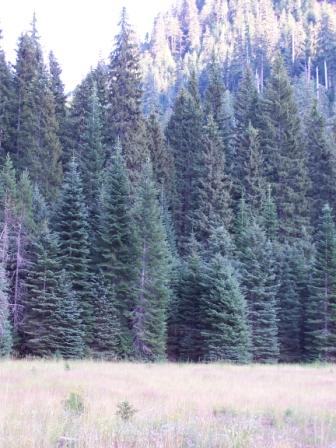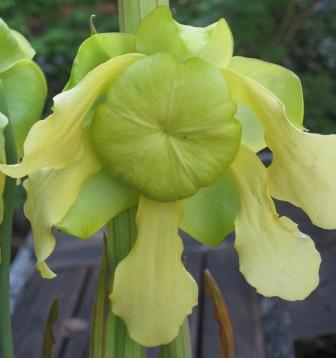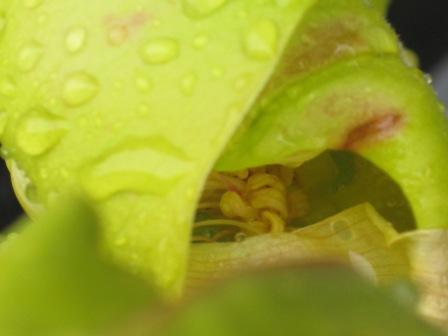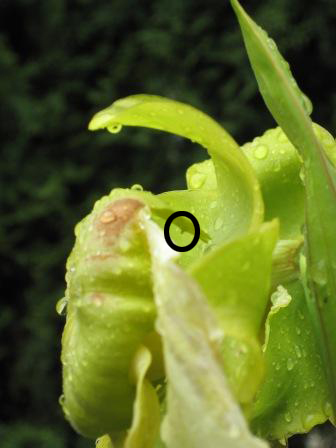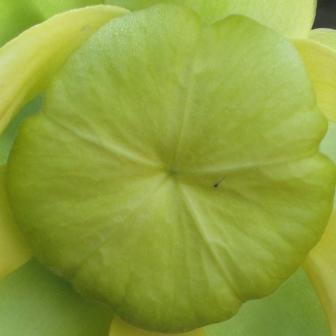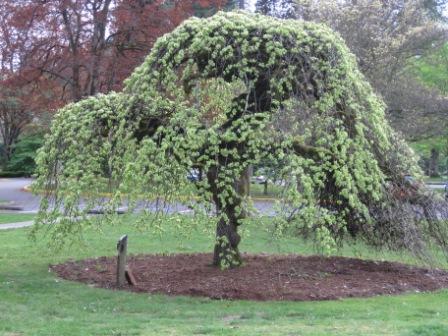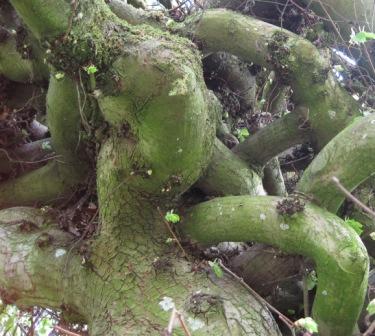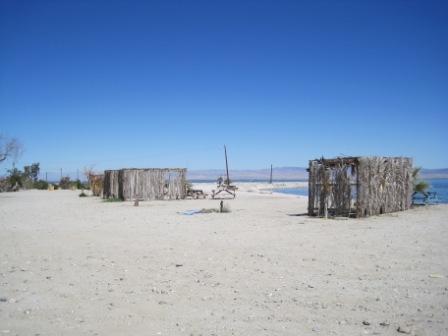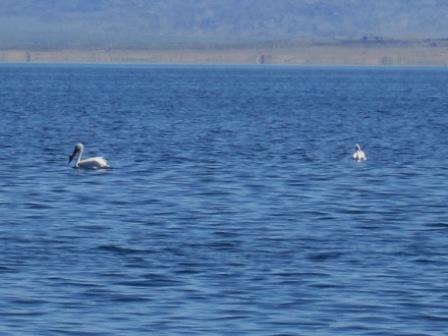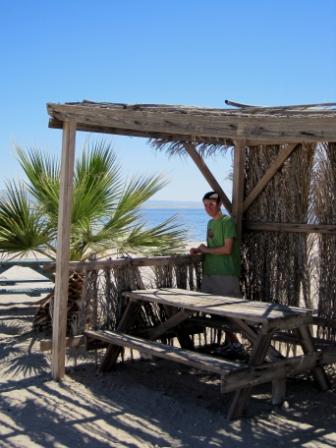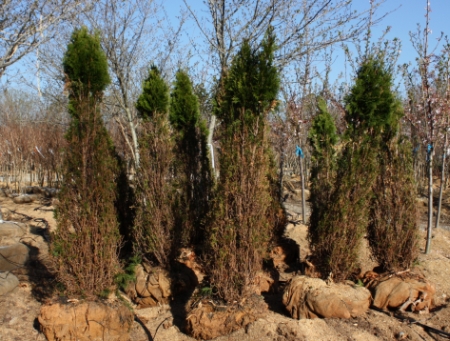Good answers from Kenny S., Jimbo, Joe Schalk and Diana! You were all skirting about the phenomenon of thigmomorphogenesis – or touch-induced change (also discussed in Jeff’s post of January 7. The tests in the GP’s class are cumulative!). In this case, the touch is wind. Edge trees (or corn stalks) are more exposed and receive more wind, resulting in stunted heights and increased trunk diameter (you can’t see this last characteristic in the Friday photo). Trees in the middle of the stand aren’t exposed to wind buffeting and put their resources into increased height. Similar stunting and thickening can be seen in urban plantings along the edges of sidewalks or anywhere people or animals routinely walk.
I spent my grade school years in a 1950’s housing development that had been Douglas fir (Pseudotsuga menziesii) forest. The developers left many of the trees standing, and our backyard was full of tall, skinny and isolated Douglas firs. When the Columbus Day storm (an extratropical cyclone, of all things) hit the Pacific NW in 1962, seven of these trees came down (none hit our house, fortunately).
Now of course a cyclone will take down many trees, regardless of their location…but this continued practice of leaving trees standing alone during development often results in blowdown or breakage of these now unprotected trees.
